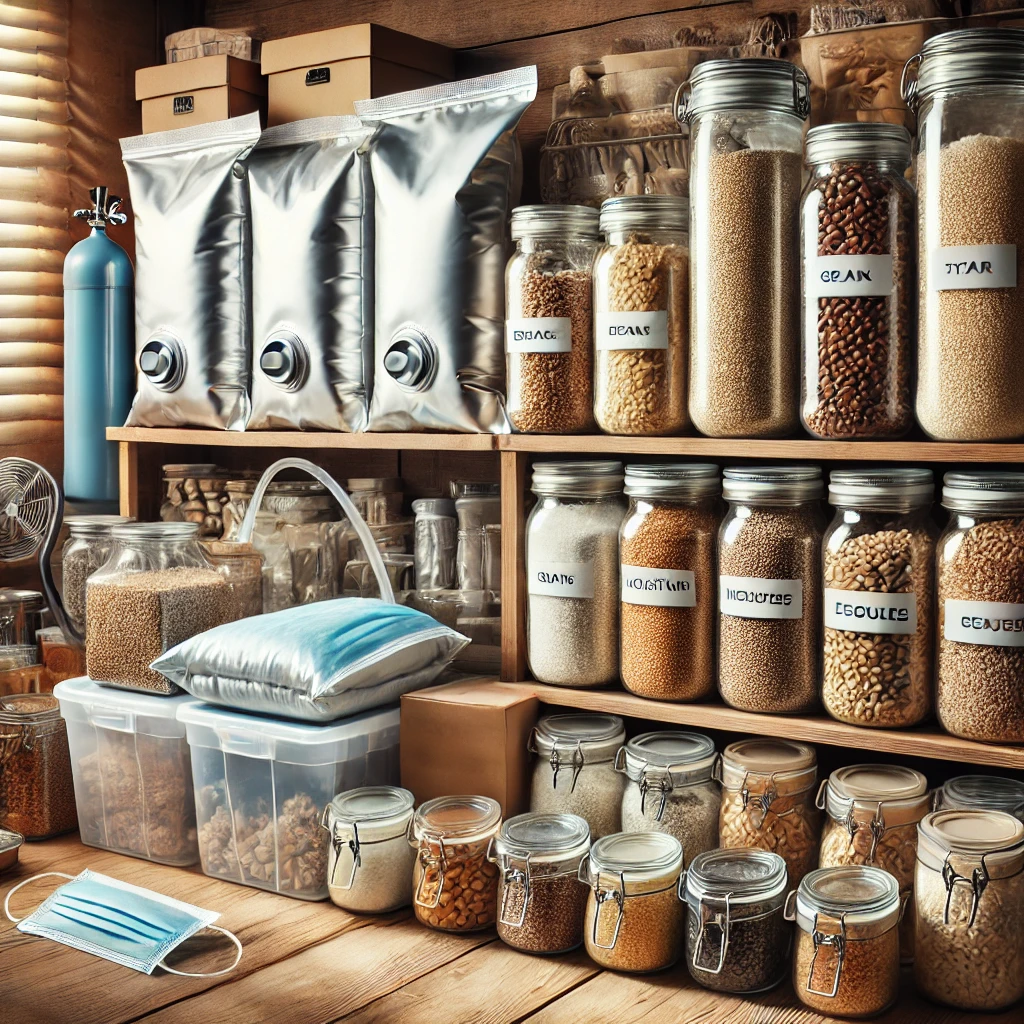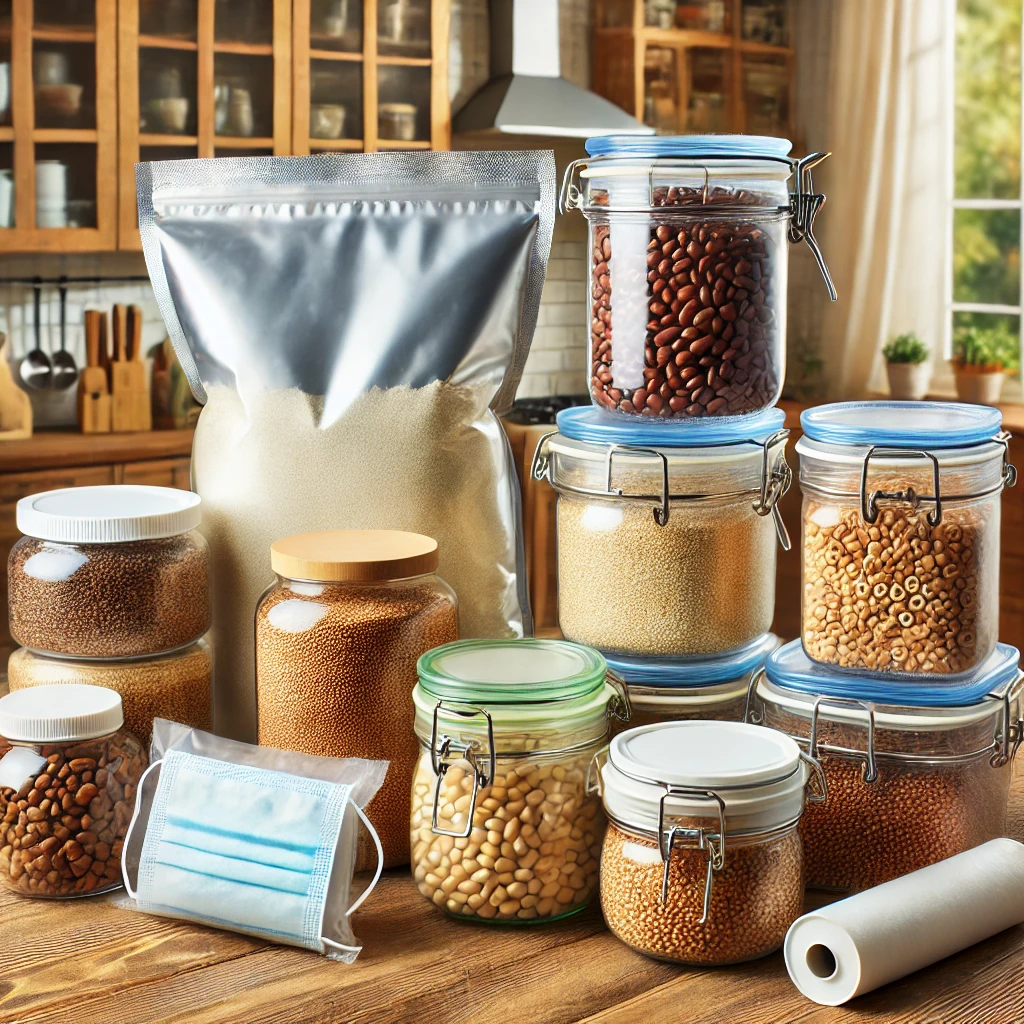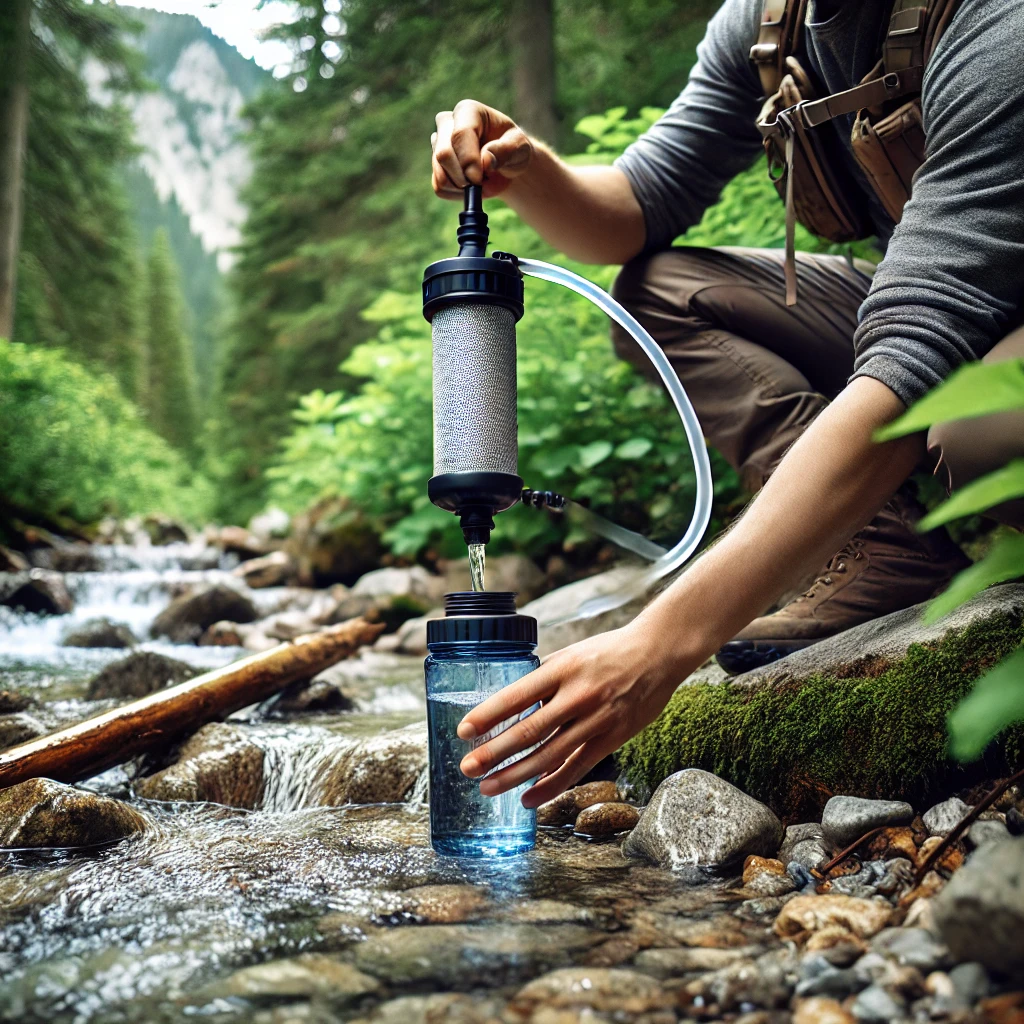Food Storage Tips for Long-Term Preparedness

Introduction:
Planning for long-term food storage is a critical step in ensuring your household is prepared for emergencies, natural disasters, or unexpected situations that disrupt food supplies. Properly storing food for extended periods requires a mix of careful planning, selecting the right types of food, and following effective storage techniques to ensure that your food remains safe and nutritious over time. Below is a comprehensive guide covering essential tips for long-term food storage.
1. Choosing the Right Foods for Long-Term Storage
Not all foods are suitable for long-term storage. To ensure your stored food remains edible for months or years, focus on non-perishable items with a long shelf life. Common long-term storage foods include:
- Grains: Rice, oats, quinoa, wheat, and barley are excellent staples for long-term storage. When stored properly, grains can last several years.
- Legumes: Beans, lentils, and peas provide protein and essential nutrients. Dried beans can last up to 10 years if stored correctly.
- Pasta: Pasta is a versatile and long-lasting food that can be easily incorporated into many meals.
- Canned goods: Canned meats, vegetables, fruits, and soups have a long shelf life, often 2-5 years or longer.
- Dehydrated and freeze-dried foods: These foods are moisture-free, which significantly extends their shelf life. They can last 10 to 30 years depending on the product.
- Powdered milk and eggs: These are great protein sources that can be stored for years.
- Salt, sugar, and honey: These can last indefinitely if stored properly. Honey never spoils and sugar and salt are essential ingredients.
- Cooking oils and fats: Opt for oils with a longer shelf life, such as coconut oil or ghee, but be aware that oils can eventually go rancid. Rotate them regularly.
2. Storage Containers: Choosing the Best Options
The type of container you use to store food is crucial for protecting it from environmental factors like moisture, air, light, and pests. Consider these options:
- Mylar bags: These are metalized plastic bags that are highly resistant to moisture and oxygen. They are ideal for storing dry goods like grains and beans. For best results, pair Mylar bags with oxygen absorbers.
- Glass jars: Glass containers with airtight lids are excellent for storing dried goods such as pasta, rice, or dehydrated foods. Make sure the jars are kept in a dark area to prevent light degradation.
- Plastic buckets: Food-grade plastic buckets are a common choice for bulk storage. They are durable and can be paired with Mylar bags for added protection. Make sure the buckets are food-safe and sealed tightly.
- Vacuum-sealed bags: These can be used to remove oxygen and extend the shelf life of many foods. However, vacuum-sealing does not protect against moisture or pests, so it should be used in combination with other methods.
- Canning jars: For preserving fruits, vegetables, and meats, canning is a great option. When done properly, canned foods can last up to several years.
3. Environmental Factors: Temperature, Light, and Humidity
To maximize the shelf life of stored food, you must control the environment in which it is stored:
- Temperature: The ideal storage temperature for most long-term food is between 50°F and 70°F (10°C – 21°C). Higher temperatures can cause food to spoil more quickly, while very low temperatures may cause containers to crack.
- Humidity: High humidity levels can cause food to absorb moisture, leading to spoilage or mold growth. Keep humidity below 15% to ensure your food remains dry. Use dehumidifiers or moisture absorbers in storage areas to control humidity.
- Light exposure: Light can degrade the quality of food over time, especially for items stored in transparent containers. Store food in dark, cool areas such as basements or closets, and use opaque containers or wrap jars in opaque materials.
4. Protecting Against Pests
Rodents, insects, and other pests can ruin food supplies if proper precautions aren’t taken. To prevent infestations:
- Use airtight containers: Mylar bags, vacuum-sealed bags, and glass jars with airtight lids are excellent at keeping pests out.
- Inspect stored food regularly: Check for signs of pests such as droppings, chew marks, or holes in packaging.
- Diatomaceous earth: Sprinkling food-grade diatomaceous earth around storage areas can help deter insects.
- Store food off the ground: Keeping food containers elevated reduces the risk of pests reaching them.
- Use bay leaves or cloves: Adding bay leaves or cloves to grain or flour storage can deter insects like weevils.
5. Rotation and Use of Stored Food
Even with long-term food storage, it’s important to regularly rotate and use your stored items to prevent waste:
- First In, First Out (FIFO): Always use the oldest food in your storage first, ensuring that nothing spoils or becomes outdated. Mark each item with the date of storage and its expiration date.
- Regularly inspect stored food: Every few months, check your stored food for signs of spoilage, damage, or pests.
- Plan meals around stored foods: Incorporate the items you’ve stored into your regular meal plans to keep them fresh and ensure your family is familiar with how to cook them.

You May Also Like: Shelter Building Techniques for Different Environments
6. Emergency Water Storage
Alongside food storage, consider the importance of water. You should store at least one gallon of water per person per day for drinking and hygiene. For long-term water storage:
- Use food-grade water containers: Make sure they are made from BPA-free plastic, stainless steel, or glass.
- Treat water: For long-term storage, treat water with chlorine or other water purifiers to prevent bacterial growth.
- Rotate water storage: Replace stored water every 6 months to ensure it remains fresh.
7. Storing Herbs, Spices, and Seasonings
Don’t forget about flavor! Spices, herbs, and seasonings are essential to maintaining morale and ensuring meals taste good over long periods:
- Vacuum-seal spices and herbs: These lose potency over time, so vacuum-sealing them can help preserve their flavors.
- Store in dark, dry places: Exposure to light and air will reduce their potency.
- Consider whole spices: Whole spices last longer than ground spices and can be ground as needed.
8. Pre-Packaged Long-Term Emergency Foods
If you’re looking for convenience, there are pre-packaged long-term emergency food kits that are designed for long-term storage, often lasting 20-30 years. These kits typically include a variety of freeze-dried or dehydrated meals, with nutritional content tailored for emergency situations. However, they tend to be more expensive, so it’s a good idea to balance these with self-stored food.
9. Common Mistakes to Avoid
When planning long-term food storage, avoid these common pitfalls:
- Improper packaging: Using containers that aren’t airtight or food-safe can result in spoilage or pest infestations.
- Not labeling and dating: Failing to mark the date of storage or expiration can lead to waste and confusion.
- Storing food in fluctuating environments: Avoid storing food in areas where temperatures or humidity levels fluctuate, such as attics or garages.
- Ignoring nutritional needs: Ensure your stored food covers a balanced diet, including proteins, carbohydrates, fats, and essential vitamins.
Conclusion
Long-term food storage is a valuable investment in your household’s preparedness. By selecting the right foods, using appropriate storage containers, and controlling environmental factors, you can ensure that your food remains safe and nutritious for years to come. Regularly rotating and inspecting stored food, protecting against pests, and avoiding common mistakes will help you maintain a reliable and sustainable food supply, ready for any emergency situation.
Also Visit: Top Questions to Ask Before Purchasing Any Insurance



Post Comment